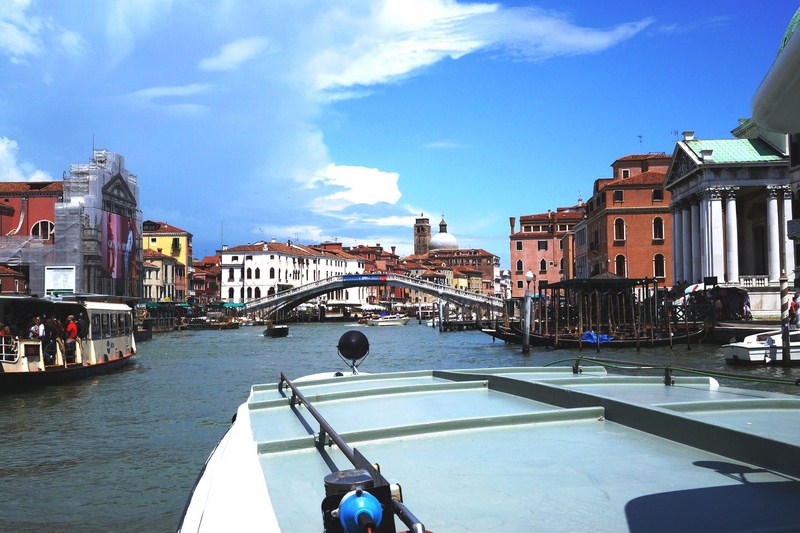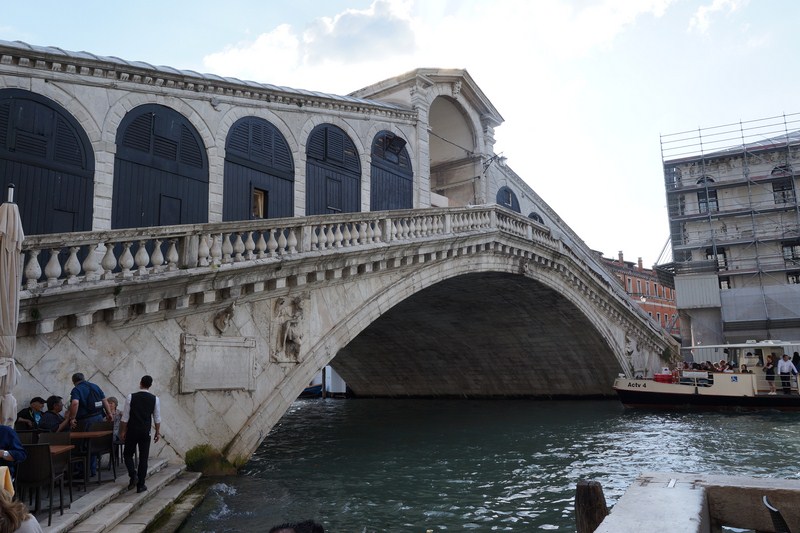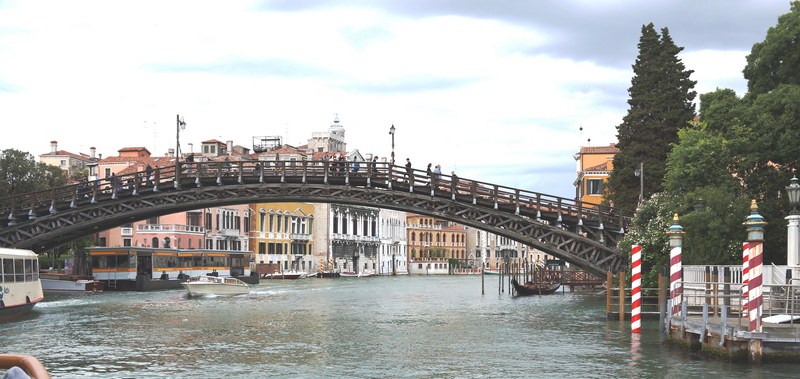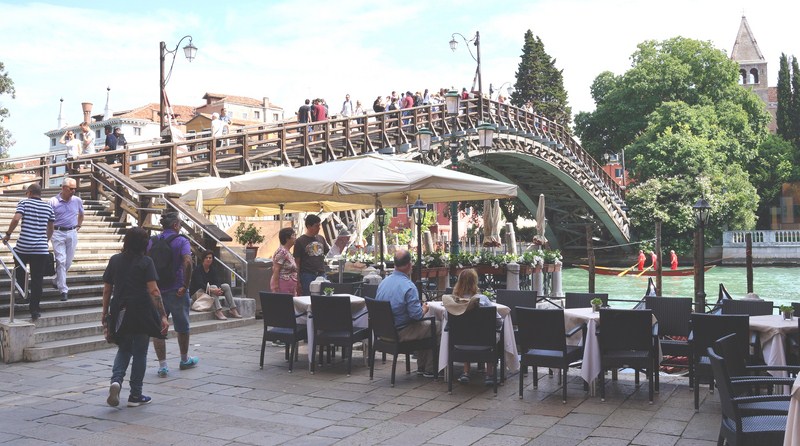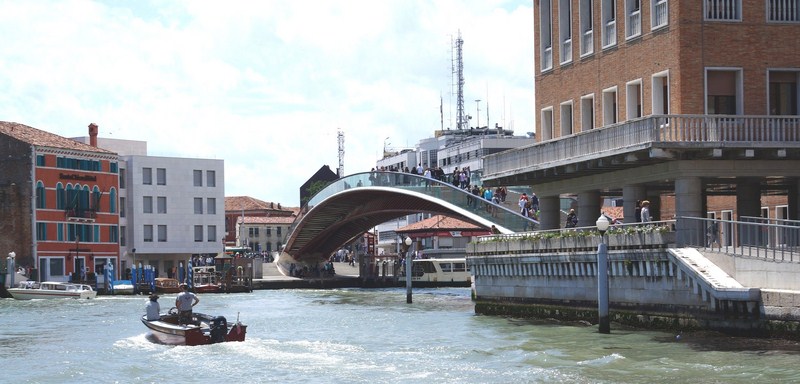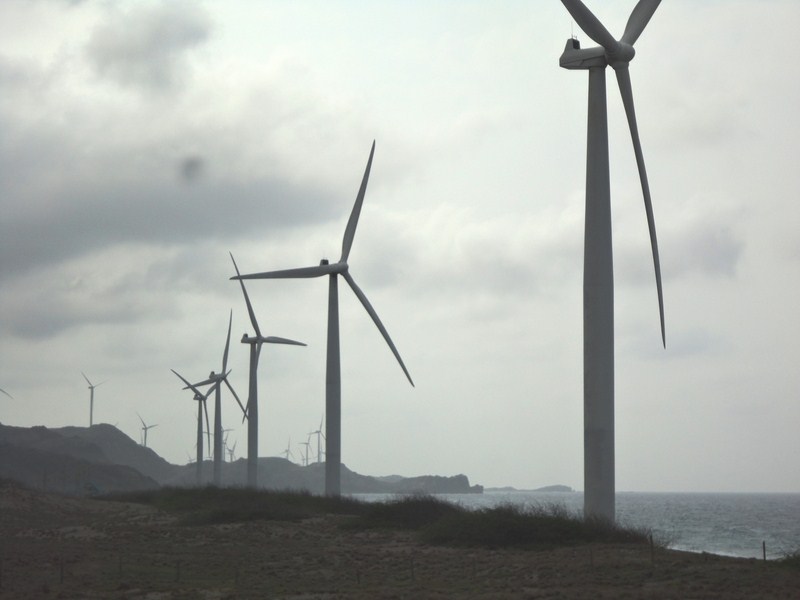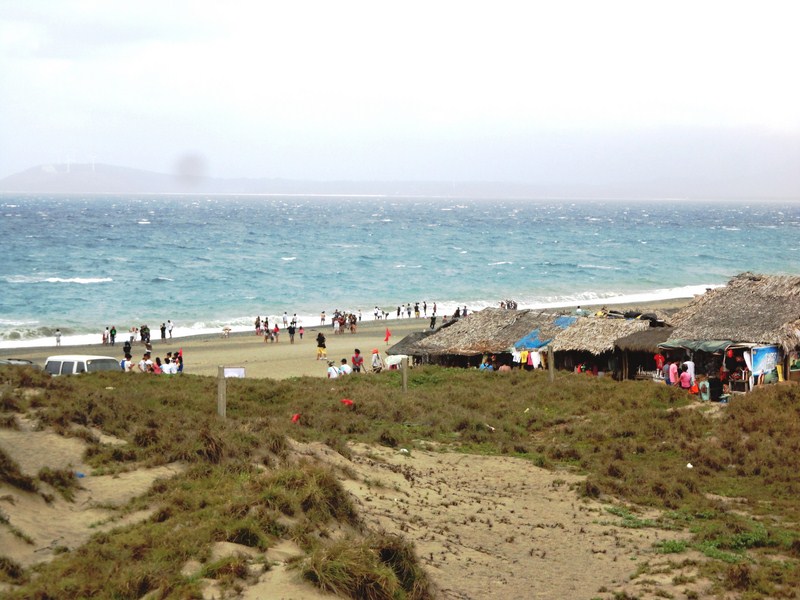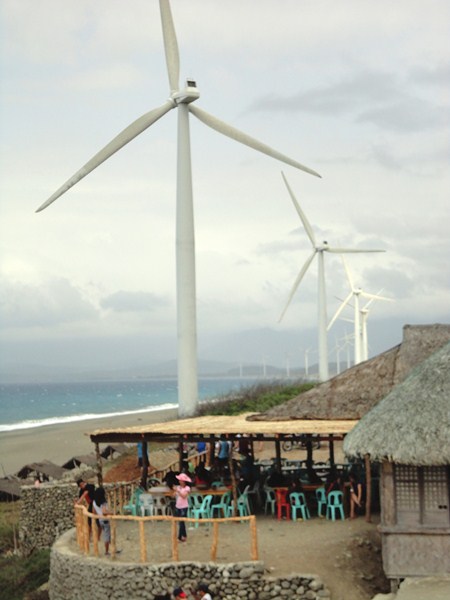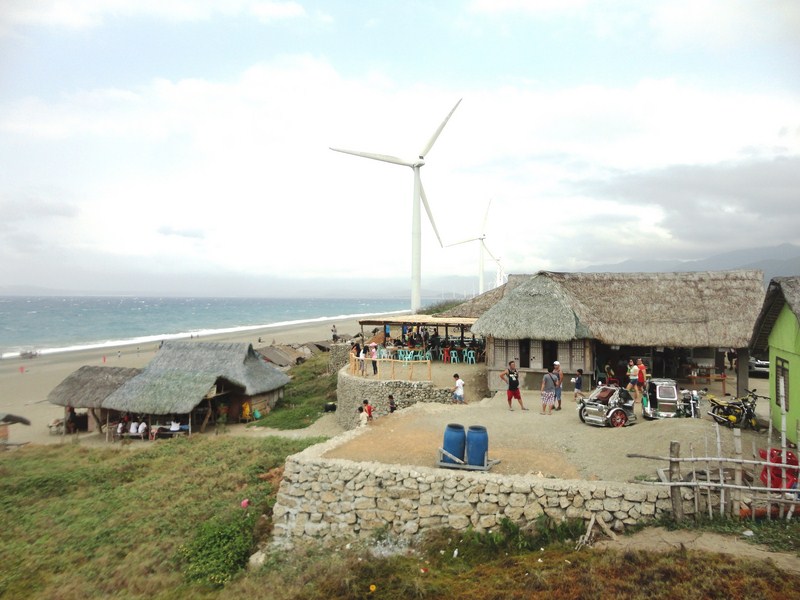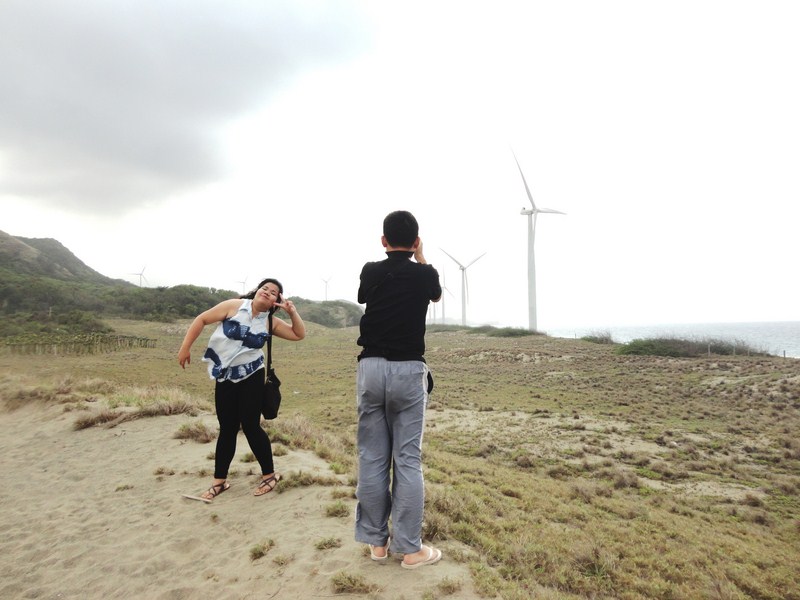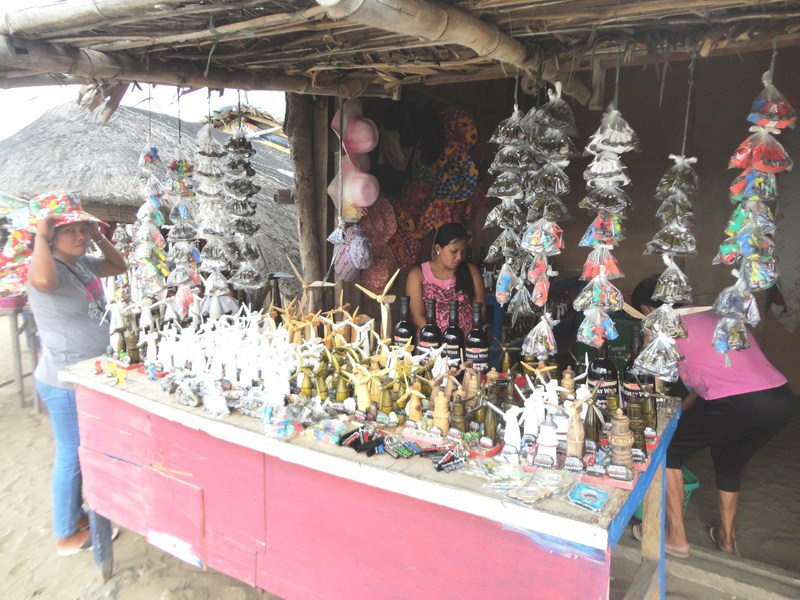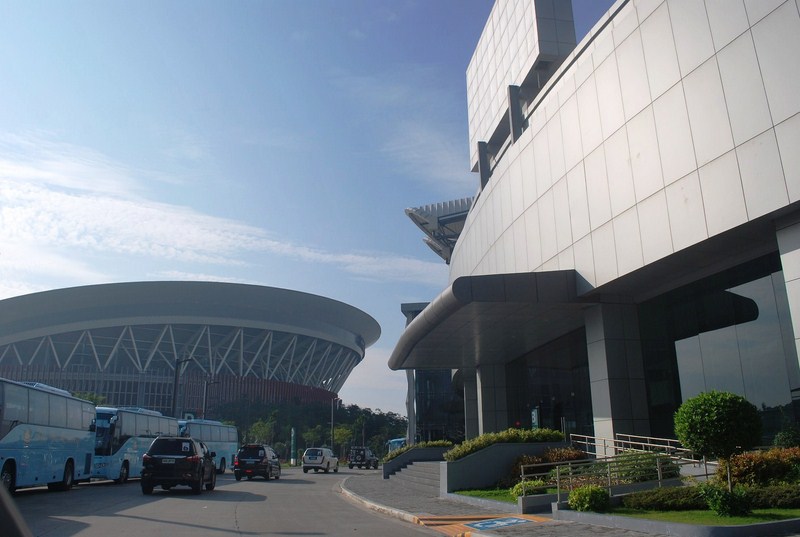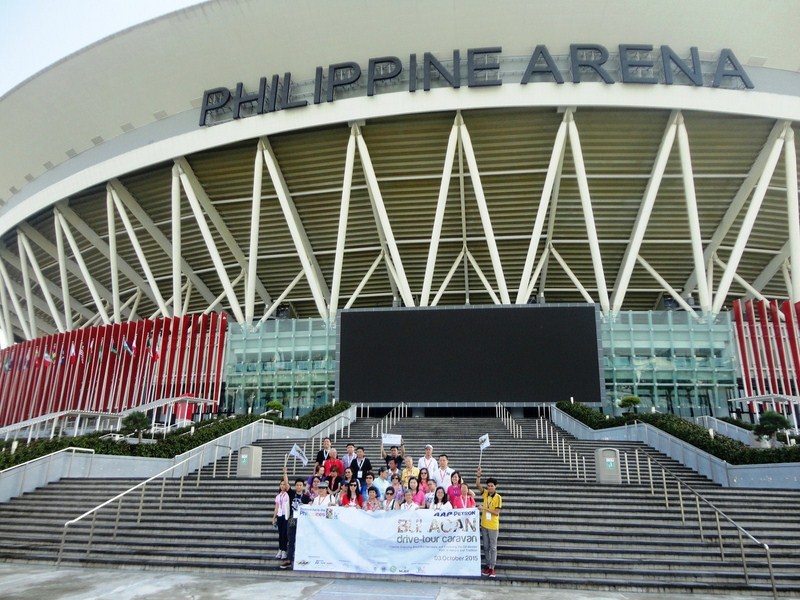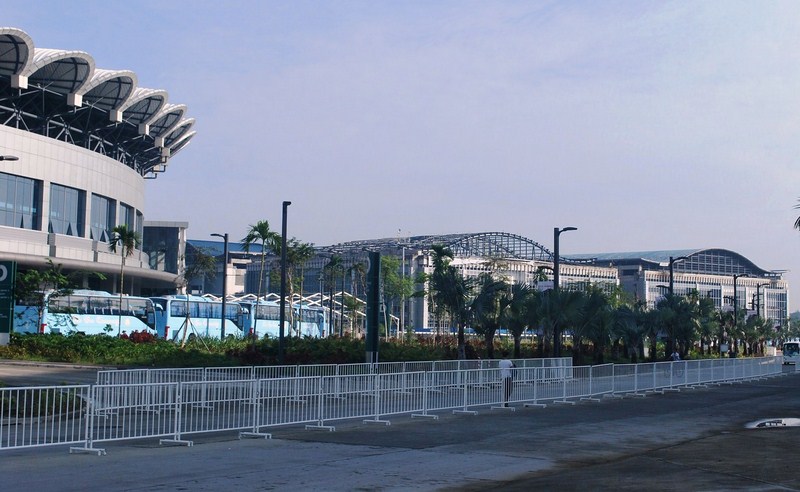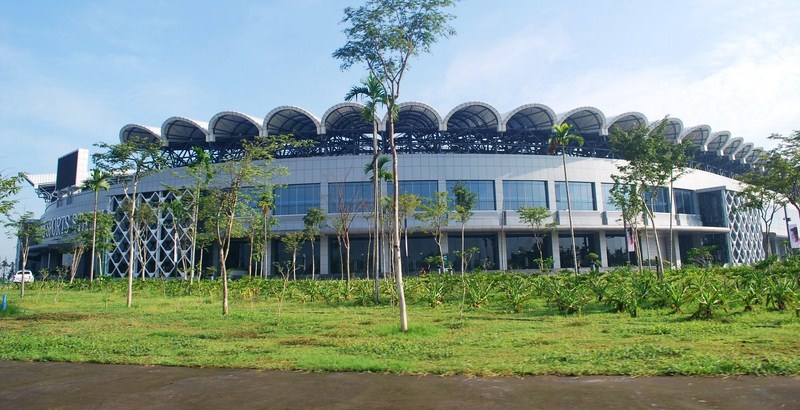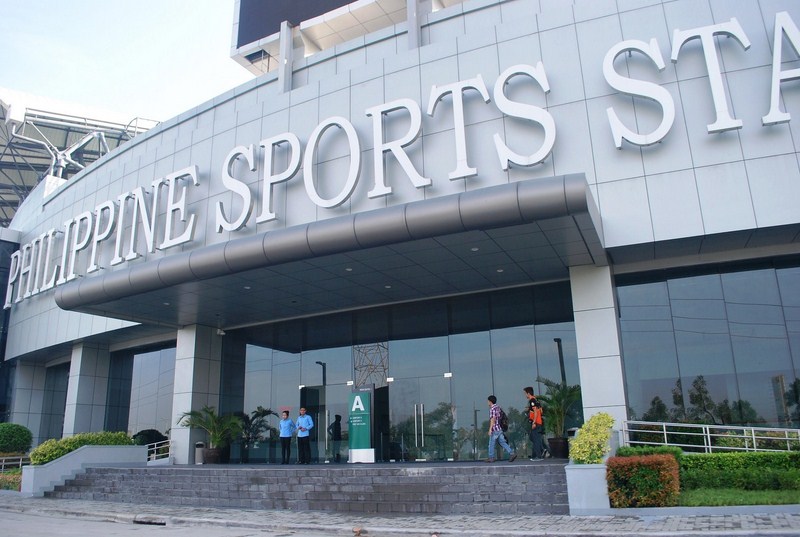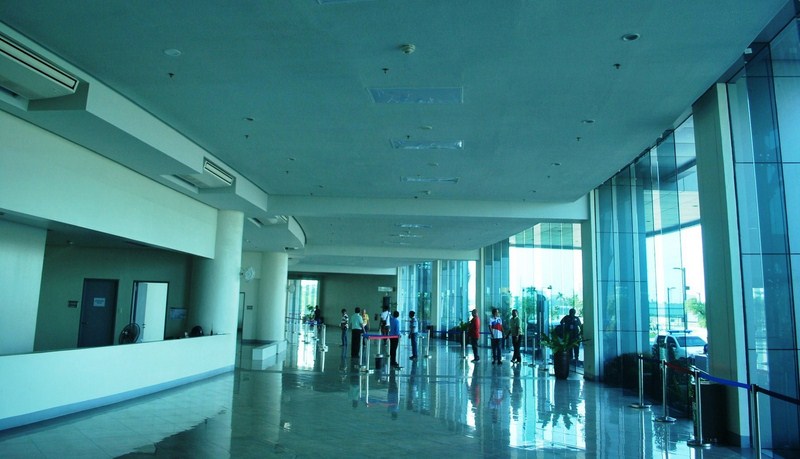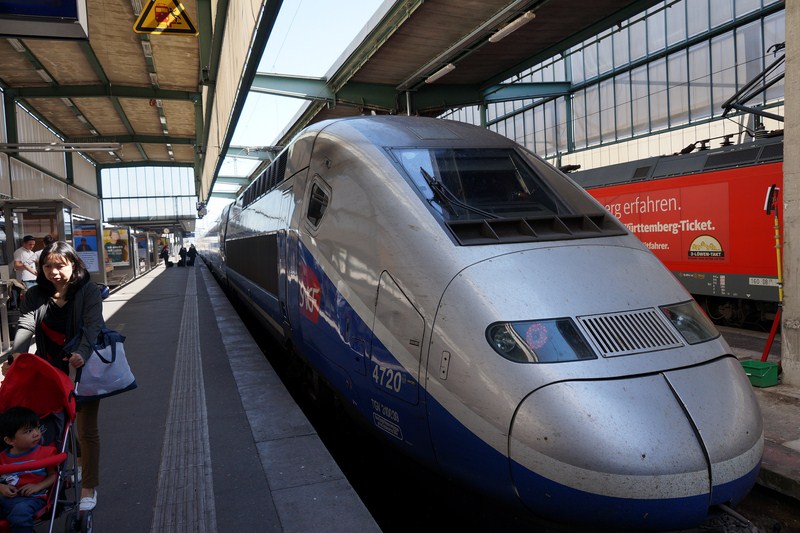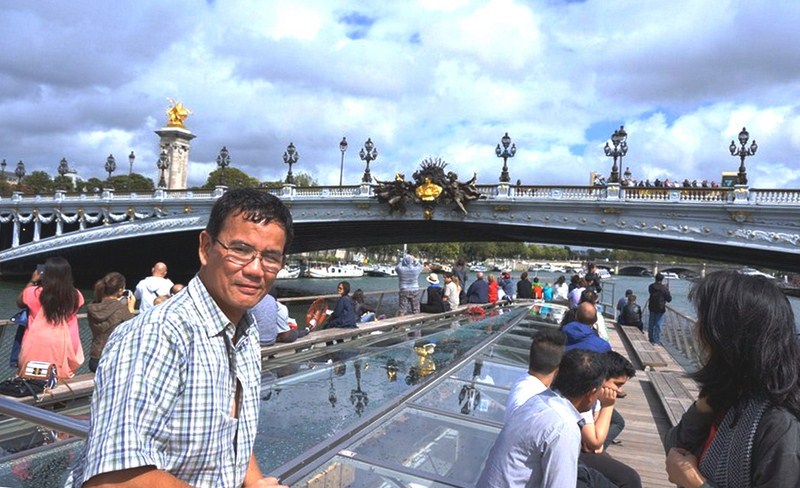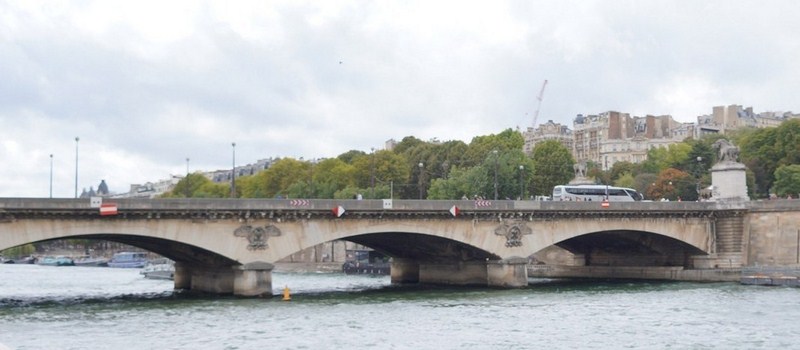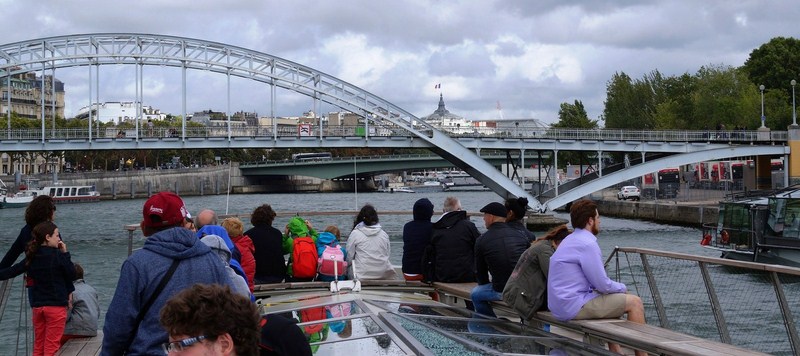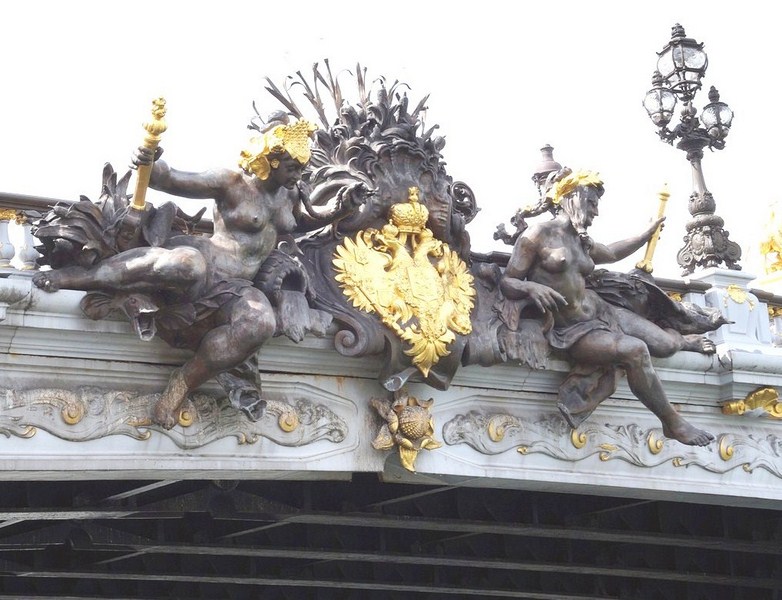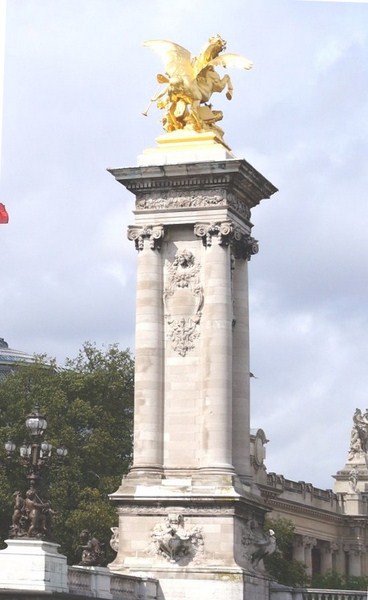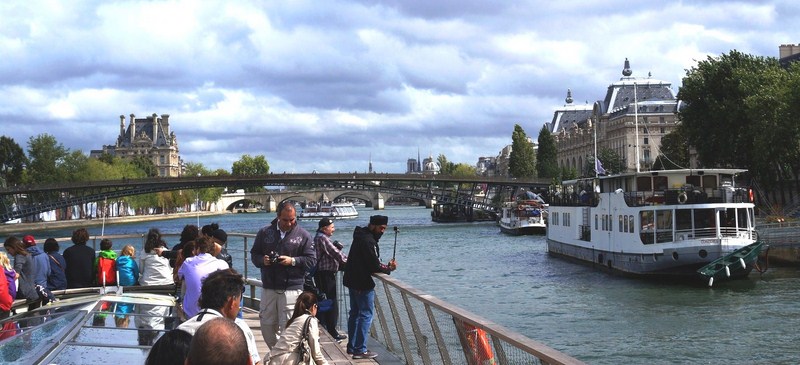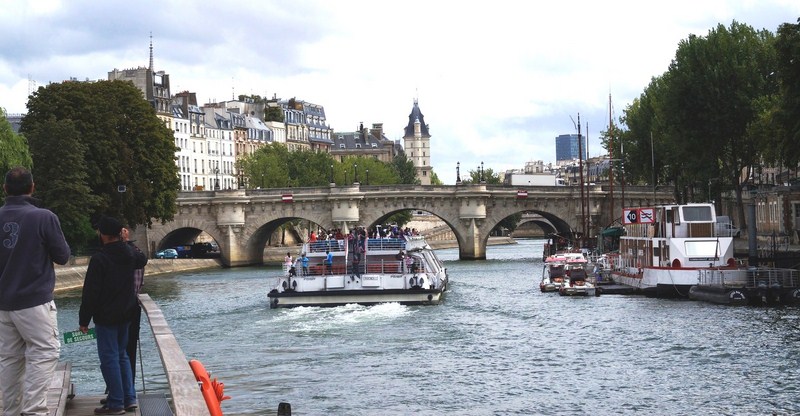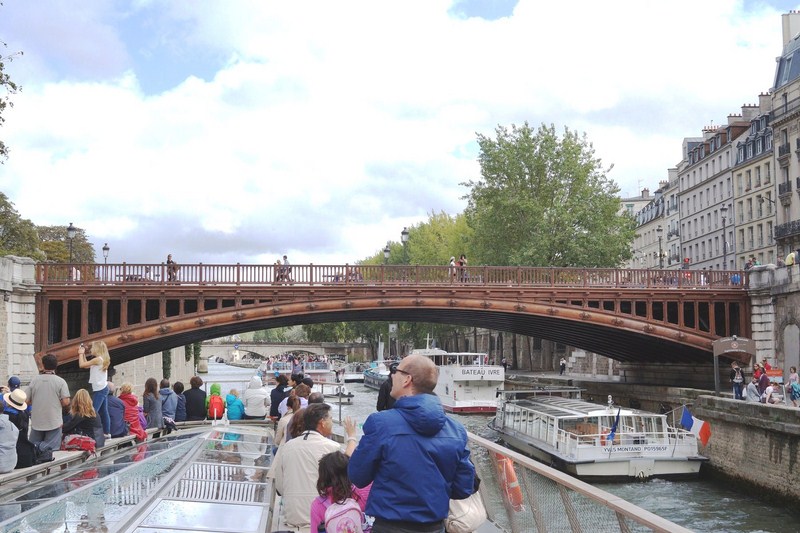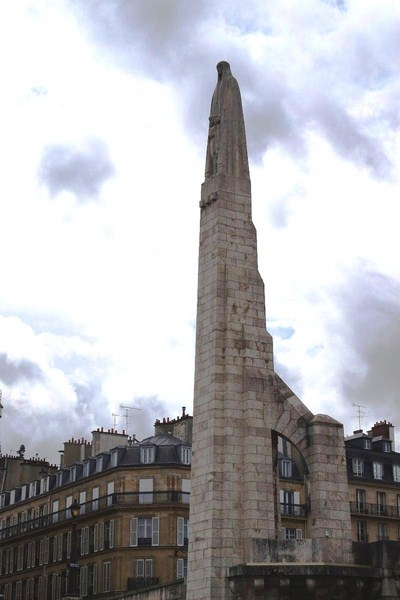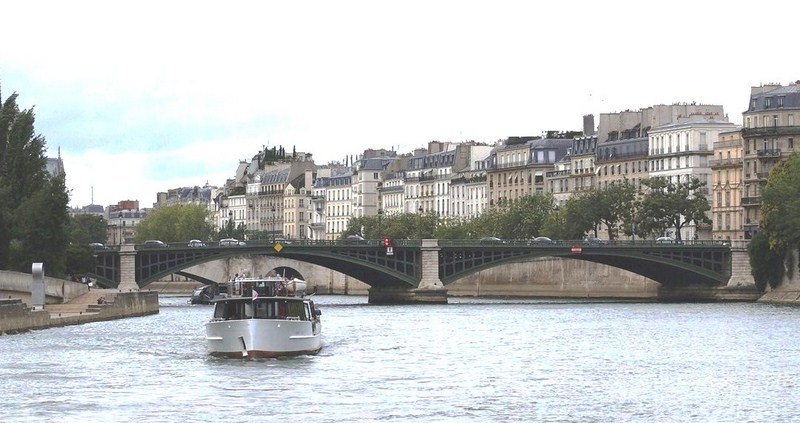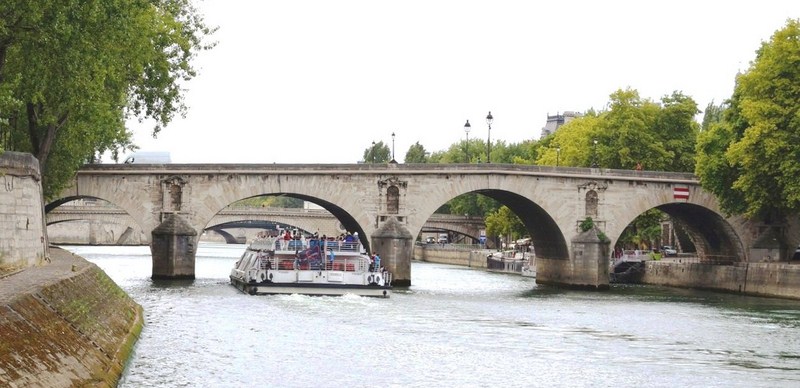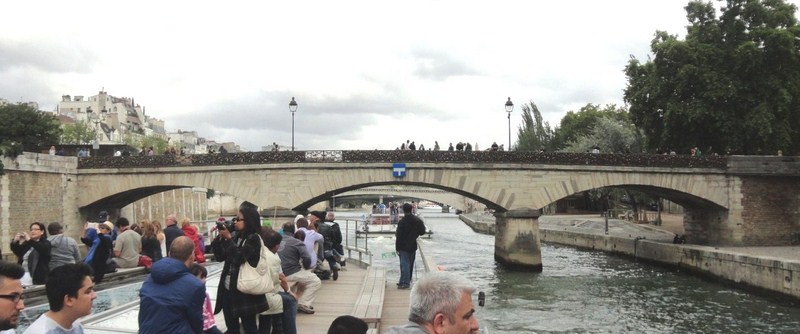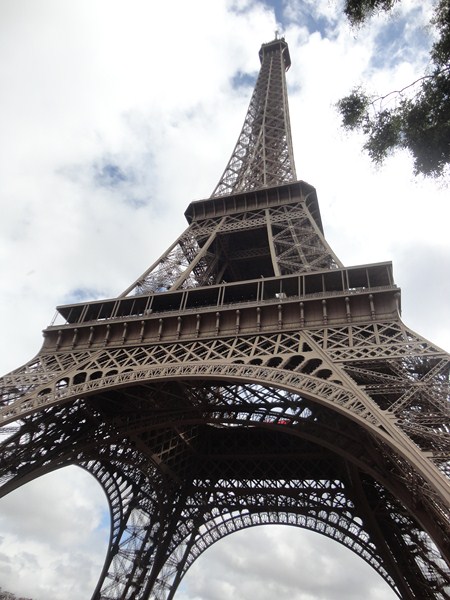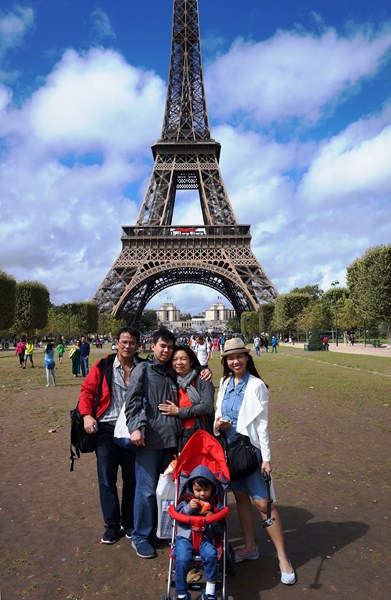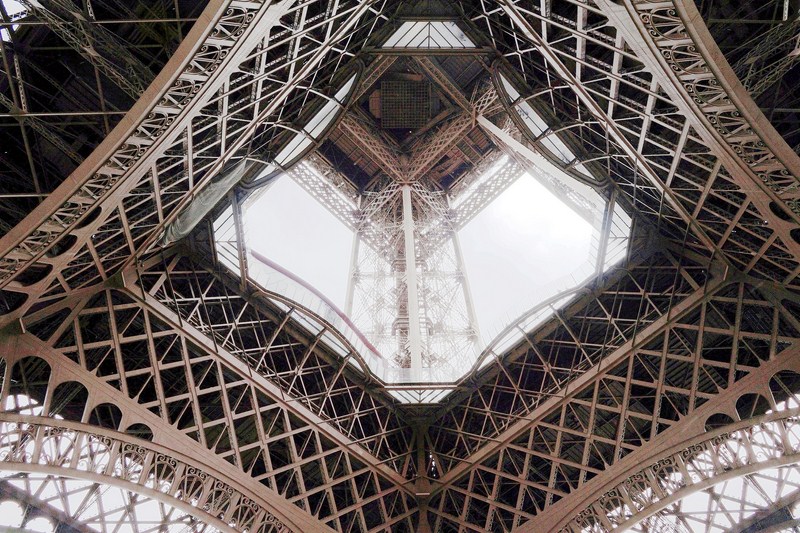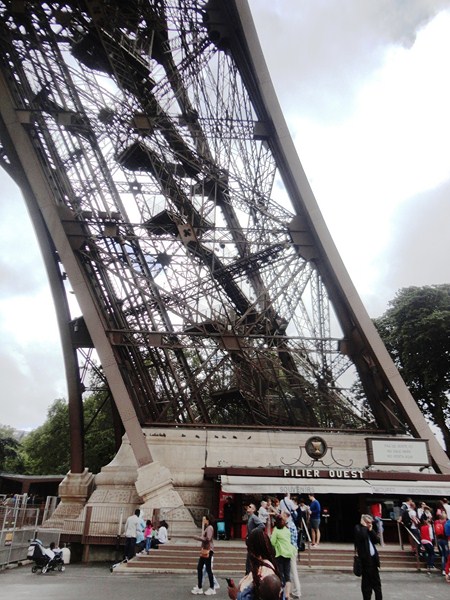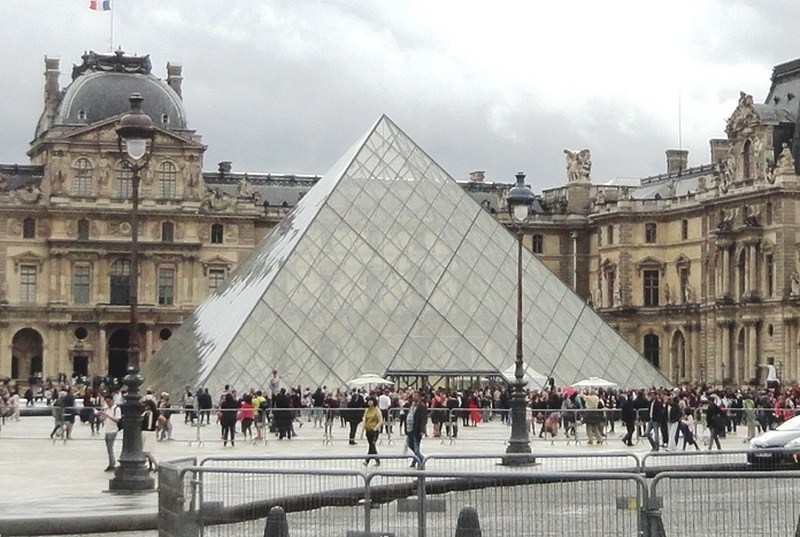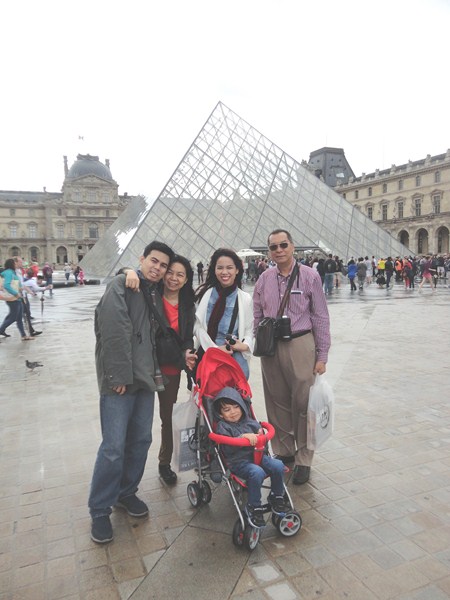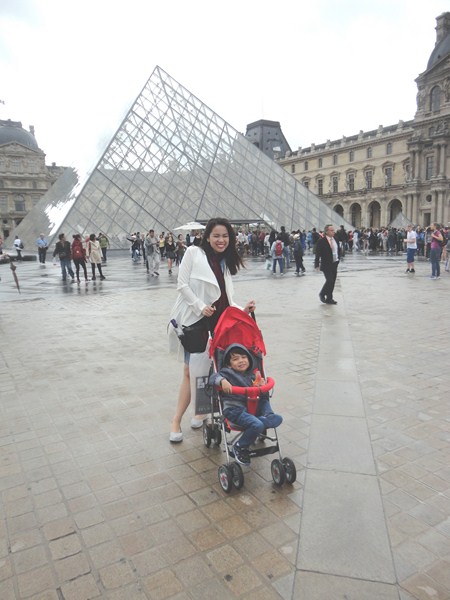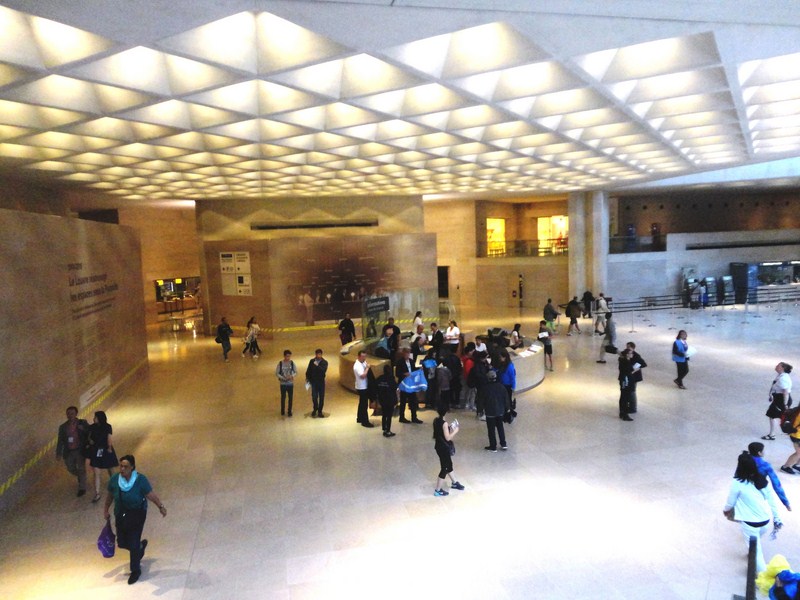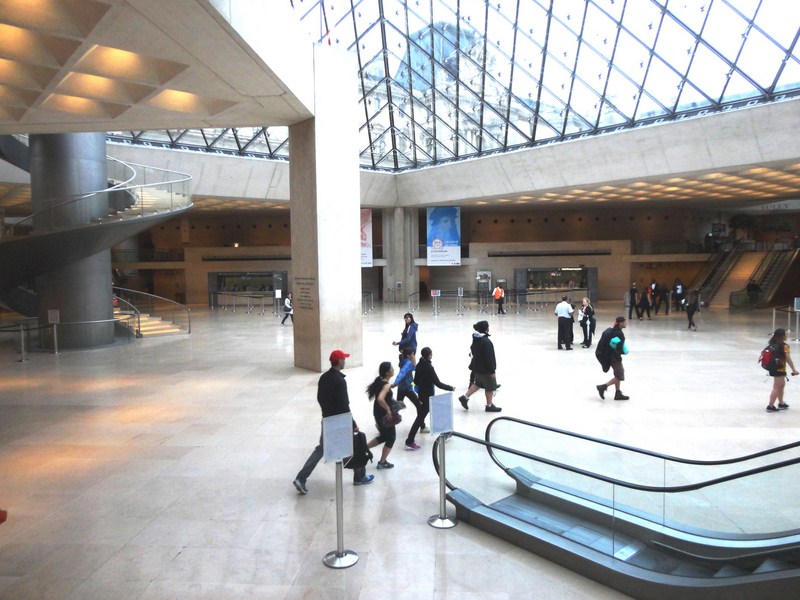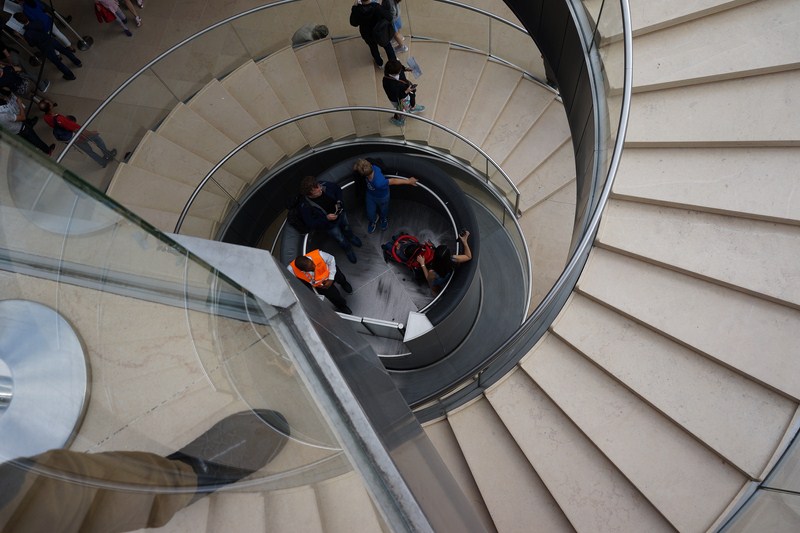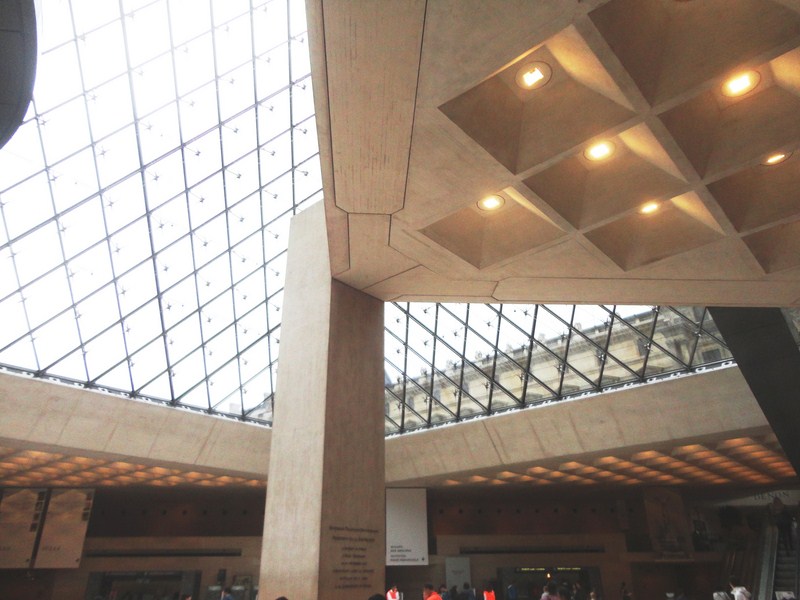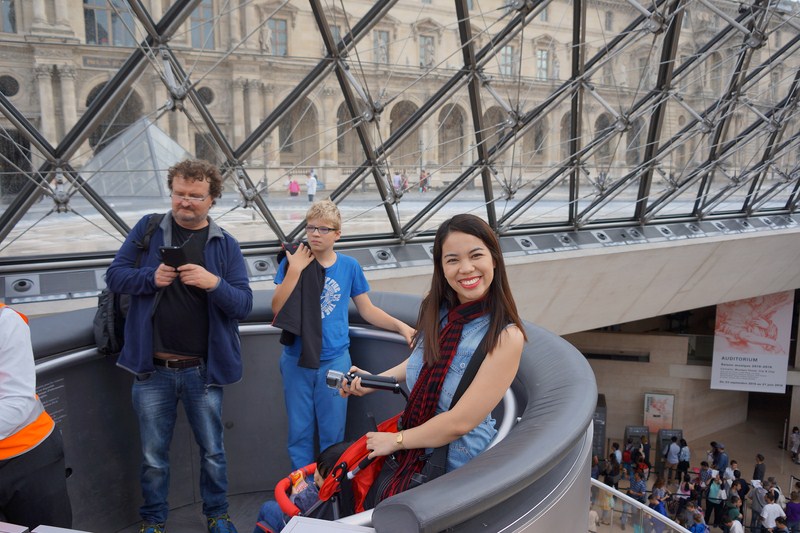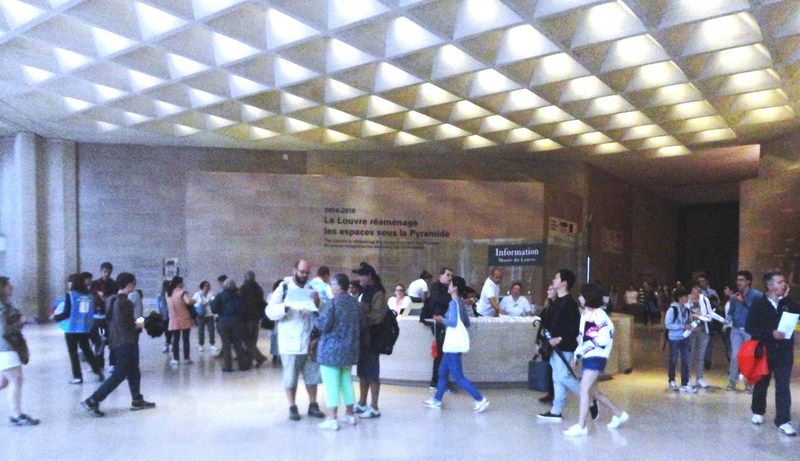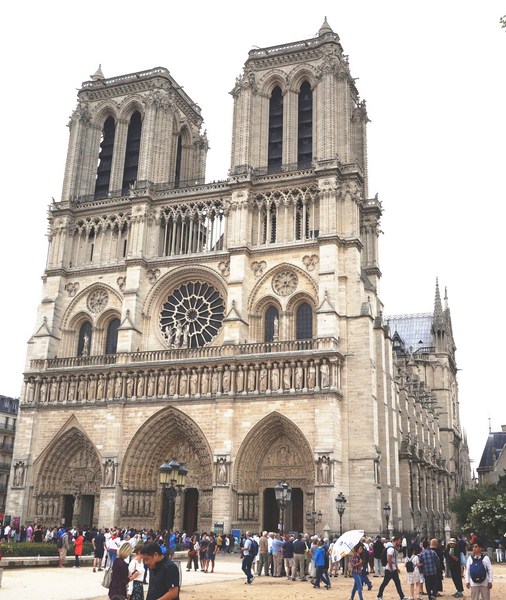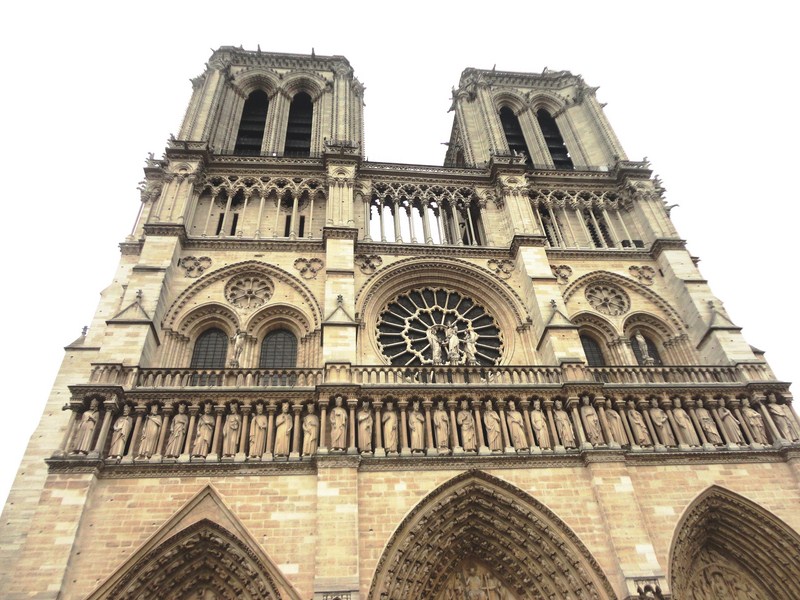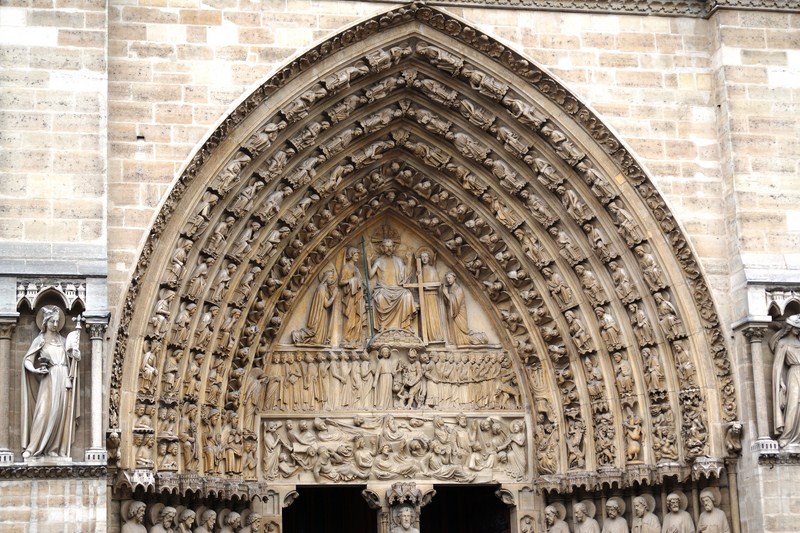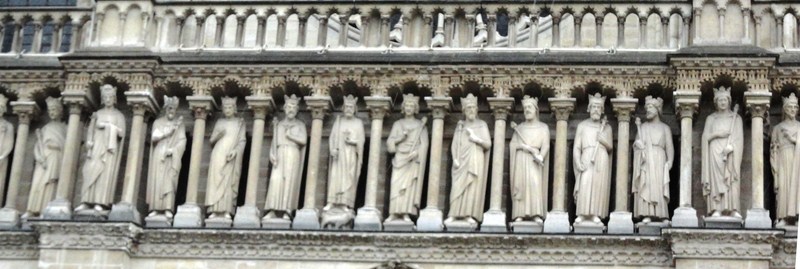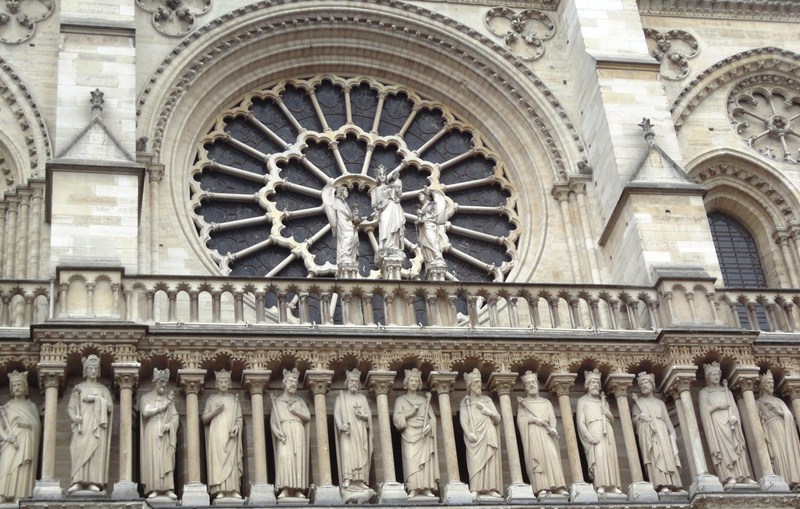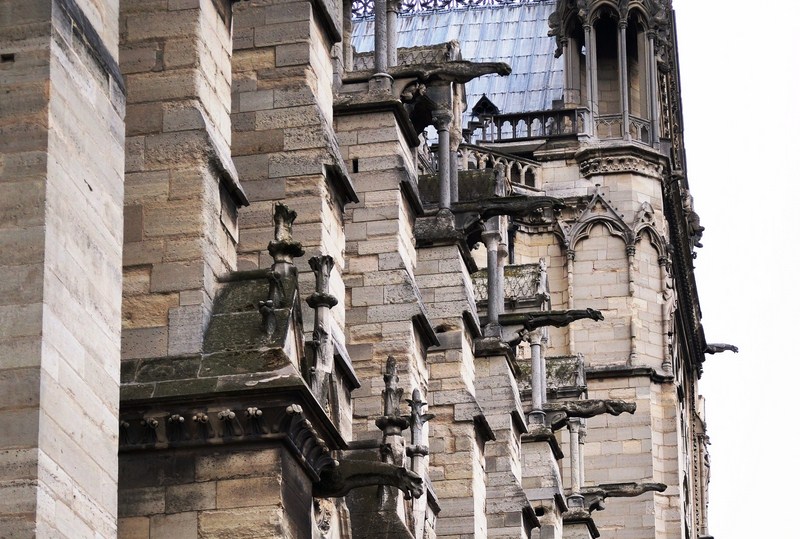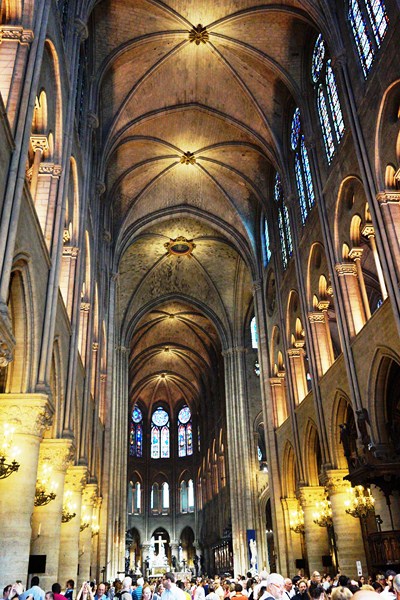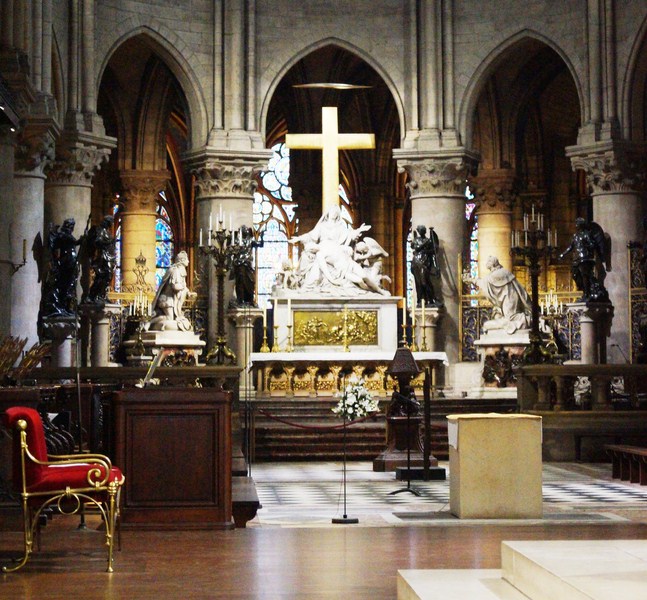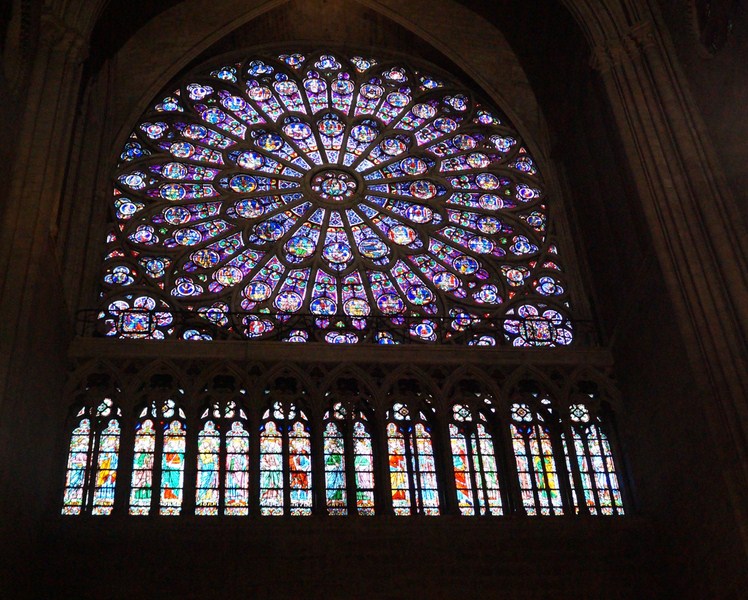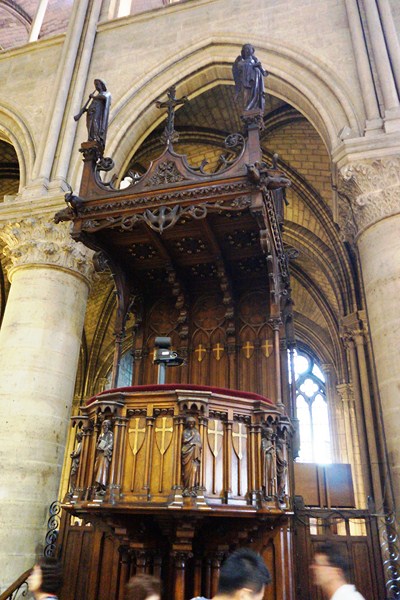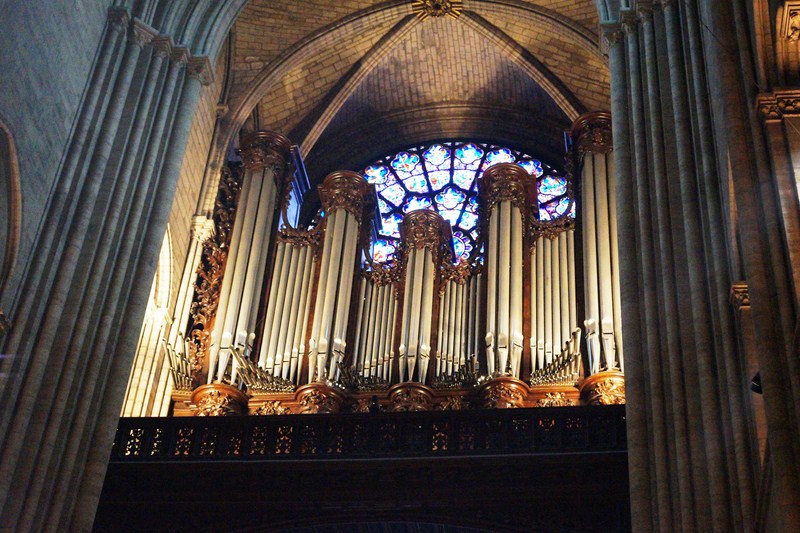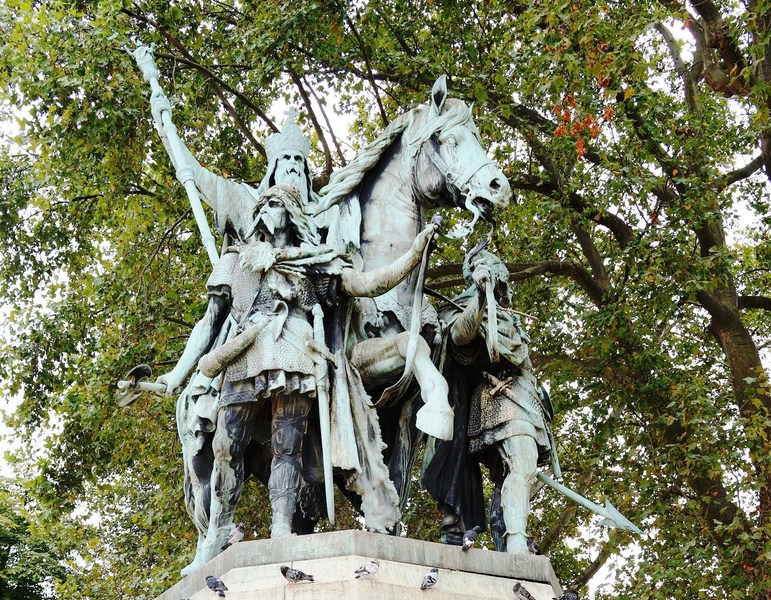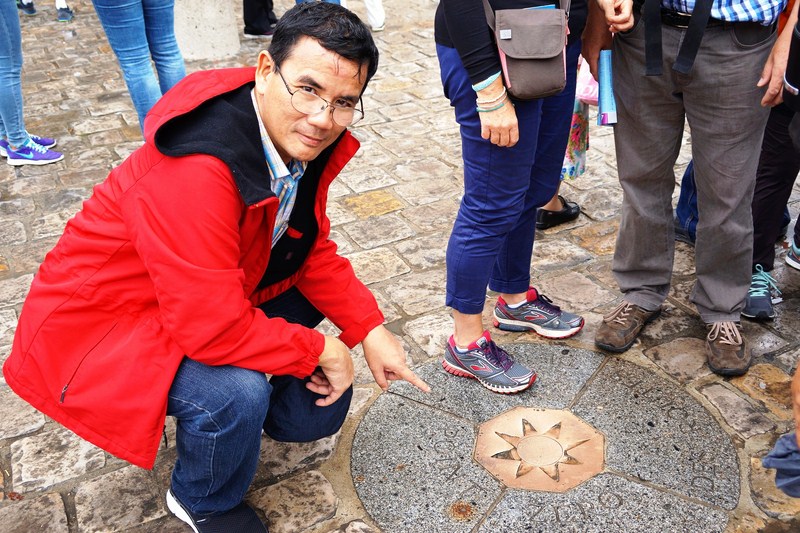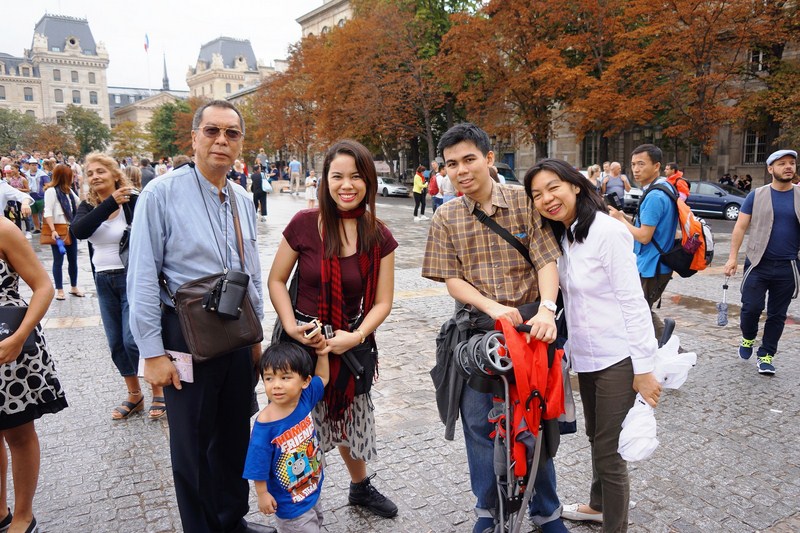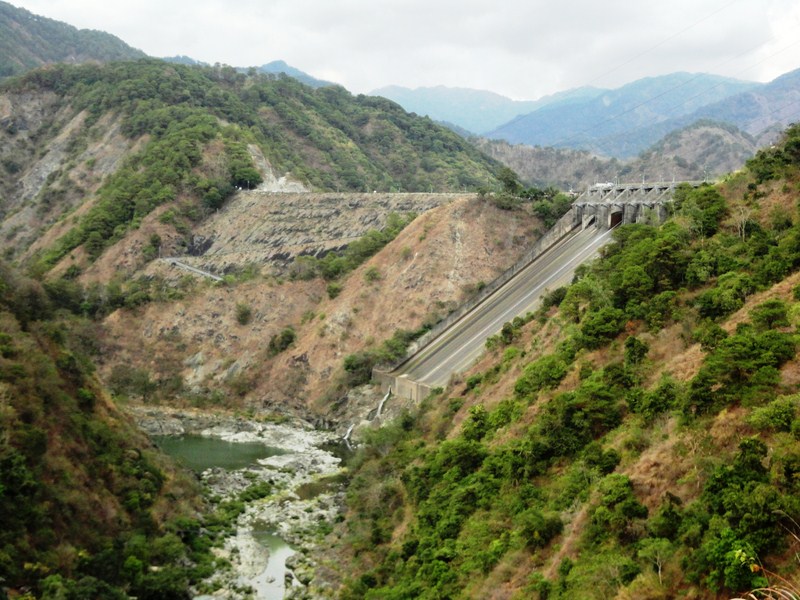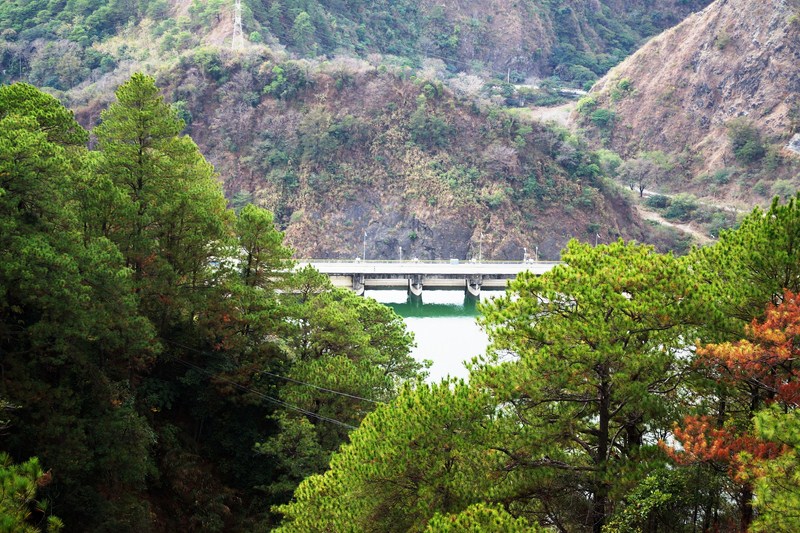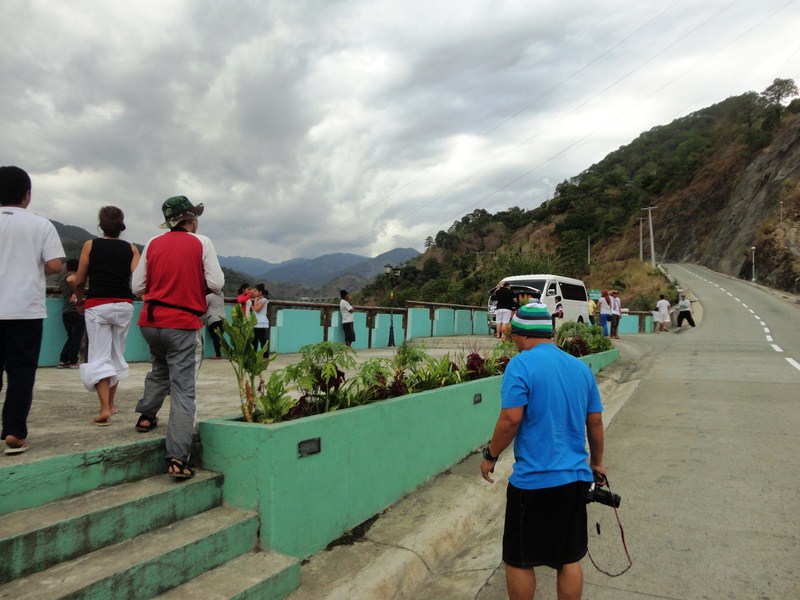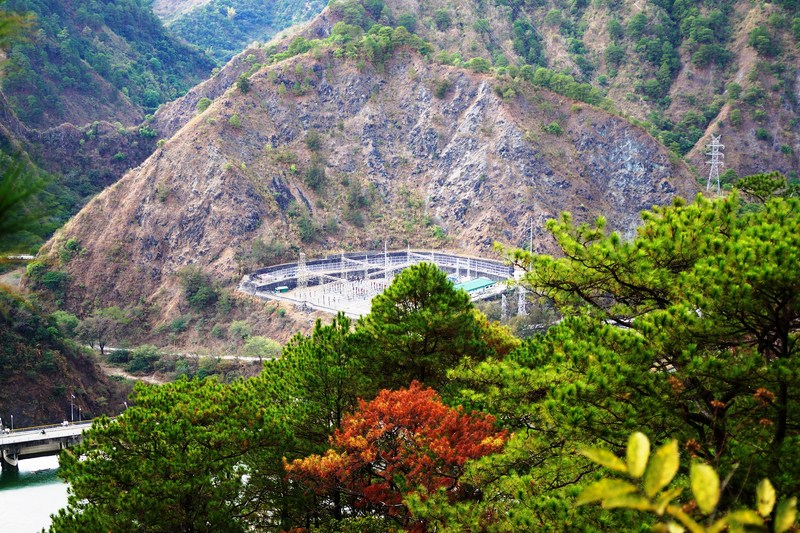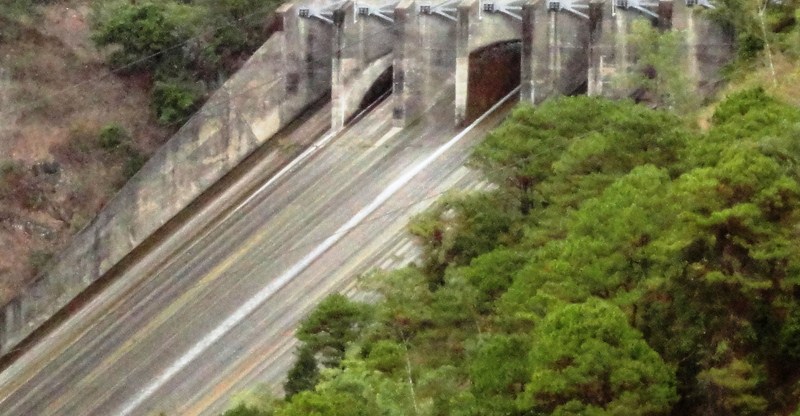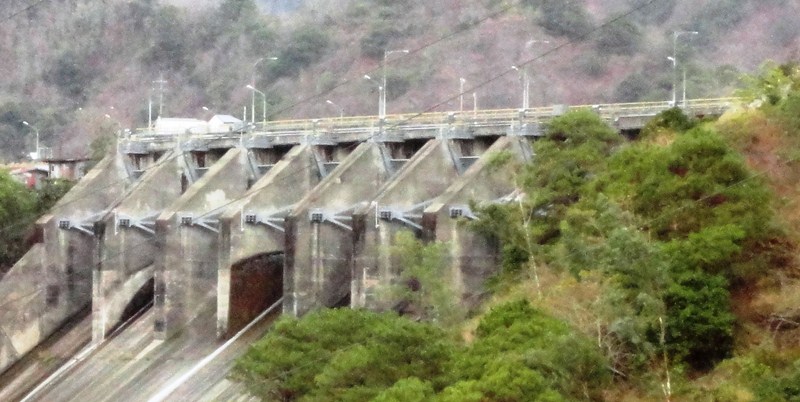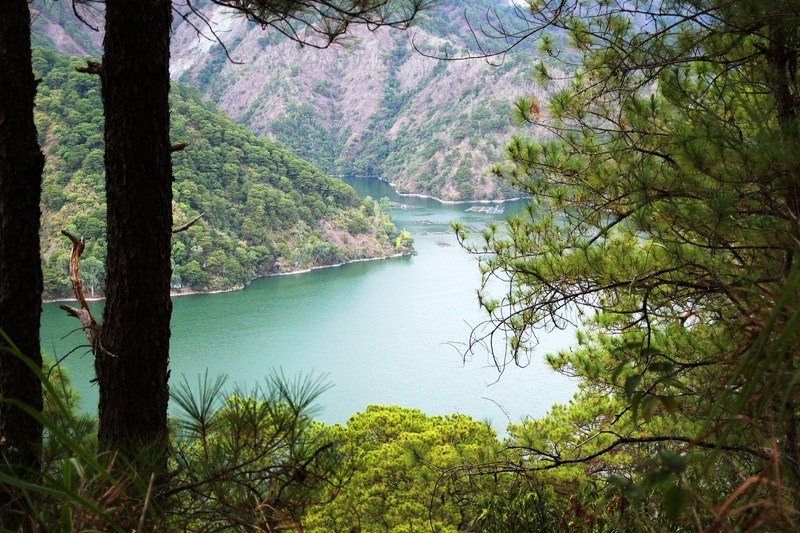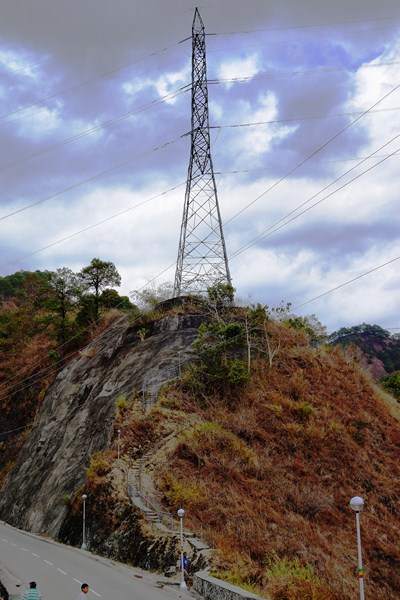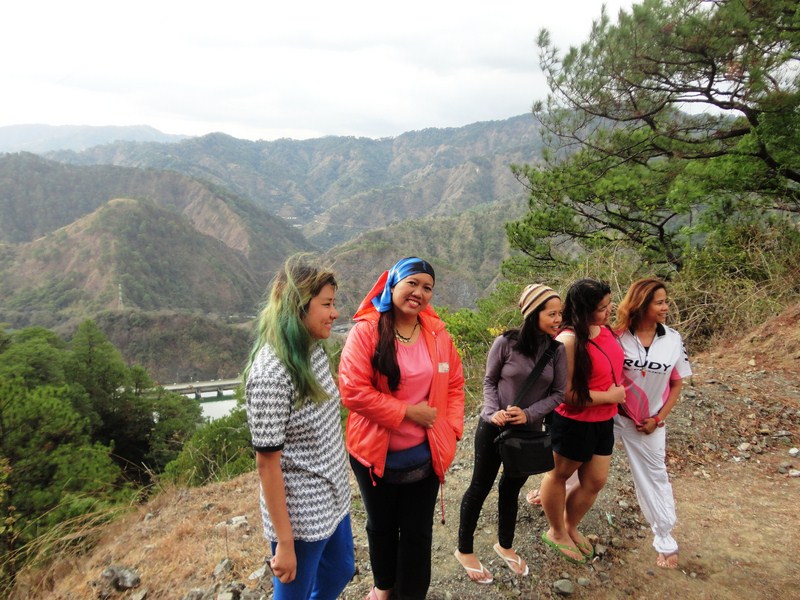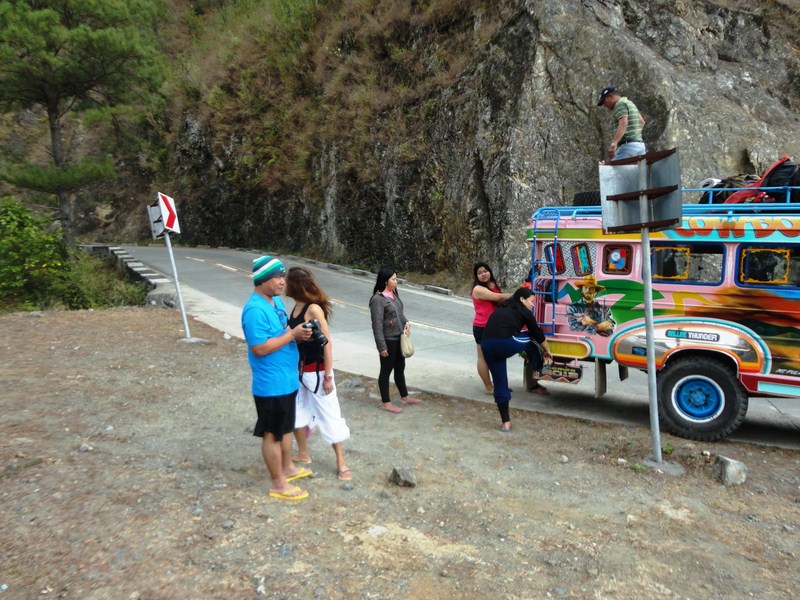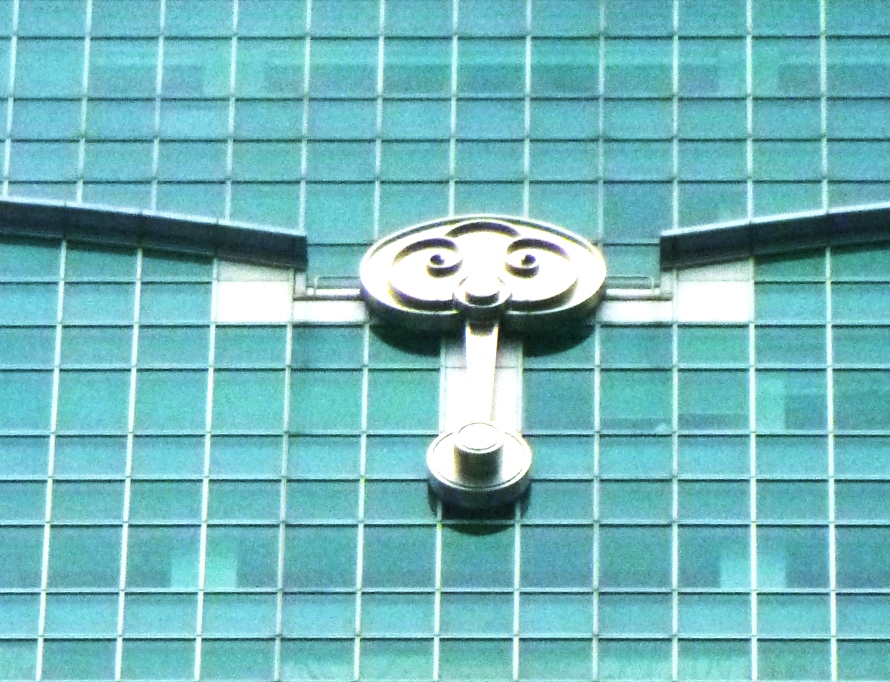Fascinating Venice, often called the “City of Canals,” is also known as the “City of Bridges” because of the 400-plus pedestrian bridges, both nondescript and practical, that crisscross its waterways and embody the city’s beauty and history. However, only four of these bridges span the Grand Canal.
The photogenic Rialto Bridge (Ponte de Rialto), the first and oldest of the four bridges spanning the Grand Canal, is still in use, connecting the sestieri (districts) of San Marco and San Polo. One of the city’s most famous landmarks, rows of shops (mostly jewellers and souvenir shops) line each side of this wide, stone arched bridge which is the gateway to the famous nearby Rialto (the name Rialto is derived from the words rivo alto meaning “high bank”) food market, the city’s principal food market since the 11th century located west of the span. Built along the so-called “lazy bend” of the waterway (between its two highest points above sea level) and its narrowest point, tourists flock here to see this famous bridge and its views of the gondola-filled Grand Canal waterway. It has fairly steep flights of steps. Until the completion of the Accademia Bridge in 1854, this was the only bridge over the Grand Canal.
Check out “Rialto Bridge“
The Academy Bridge (Ponte dell Accademia), so named because it crosses the Grand Canal (near the southern end) at the Gallerie dell’Accademia (one of the top museums in Venice after whom it is named for), links the sestieri of Dorsoduro and San Marco.
Check out “Gallerie dell’Accademia“
The original steel structure, designed by Alfred Neville and opened on November 20, 1854, was demolished and replaced by a wooden bridge designed by Eugenio Miozzi and opened in 1933 (despite widespread hopes for a stone bridge).
In 1986, when the 1930s bridge was deemed too dangerous, the total replacement of the wooden elements was necessary and metal arches, capable of supporting the structure better, were inserted. Interesting because of its high arch construction and the fact that it is made of wood, Venice authorities have attempted to crack down on lovers attaching padlocks (“love locks“) to the metal hand rails of the bridge.
The elegant stone arch Scalzi Bridge (Ponte degli Scalzi or Ponte dei Scalzi), named for the nearby Chiesa degli Scalzi (literally the “Church of the Barefoot Monks”), links the sestieri of Santa Croce, on the south side, and Cannaregio on the north side. If you are arriving in Venice, via rail, to the Santa Lucia (Ferrovia) railway station, the Scalzi Bridge will be one of the first bridges you will cross after disembarking. Designed by Eugenio Miozzi, it was completed in 1934, replacing an Austrian iron bridge.
The Scalzi is located a mere stone-throw away to Ponte di Calatrava, the fourth and final of the four bridges to span the Grand Canal. Strategically located, it links the Stazione di Santa Lucia, on the north, to Piazzale Roma (the city’s arrival point by car/bus), on the south side of the Grand Canal, a bus depot (this bridge is closer to the bus station than the Scalzi bridge) and car park. Designed by Spanish architect Santiago Calatrava and constructed by Cignoni, its design and installation studies were carried out by a specialized group – Prof. Renato Vitaliani (Padua University) and Prof. Francesco Colleselli (Brescia University) for geotechnical and foundation aspects; the company Mastropasqua-Zanchin & Associates Structural Engineering for the steel arch and weldings verification; and Fagioli Group and Giorgio Romaro (Padua University) for the installation activities.
A controversial addition to Venice’s architectural landscape because of its cost (its official budget for the project of €6.7 million ballooned to approximately €10 million), its construction and inauguration was also delayed by heated criticism, walk-outs and protests by politicians and the general public, in part, due to controversy over its Modernist-Minimalist style (being incompatible with Venice’s decorative medieval architecture), the lack of wheelchair access (its many steps, embedded in its relatively steep pavement, means that elderly people will have difficulty climbing it and wheelchair users are excluded from crossing) and lack of necessity (the distances between Scalzi and Rialto Bridges or between the Rialto and Ponte dell’Accademia bridges are severalfold longer, and with no other way to cross the canal besides the vaporetto or traghetto).
However, its basic span was finally moved into place by a large barge from July to August 11, 2007 and the bridge was opened for public use on the night of September 11, 2008. In 2010, a mobility lift system, resembling cocoons, was installed, incurring large costs as it was not part of the original design.
This arched truss bridge, designed to be constructed off-site and installed entirely from the canal, has a large radius of 180 m. (590 ft.). It has a central arch, two side arches and two lower arches, all joined together by girders (consisting of steel tubes and plates which forms closed section boxes) placed perpendicular to the arches.The bridge stairway, paved with pietra d’Istria (a stone traditionally used in Venice), has tempered glass steps illuminated from below by fluorescent lights. The tempered glass parapet terminates in a bronze handrail with concealed lighting.
Formerly known as Quarto Ponte sul Canal Grande, the official name of Ponte della Costituzione (English: Constitution Bridge) was adopted in 2008 to celebrate the 60th anniversary of the Italian constitution. However, tourists and locals in Venice still refer to it as the Calatrava Bridge (Italian: Ponte di Calatrava). Today, this bridge is important, both functionally and symbolically, as it connects arriving visitors to the city, welcoming them to Venice with a panoramic view of the Grand Canal.

